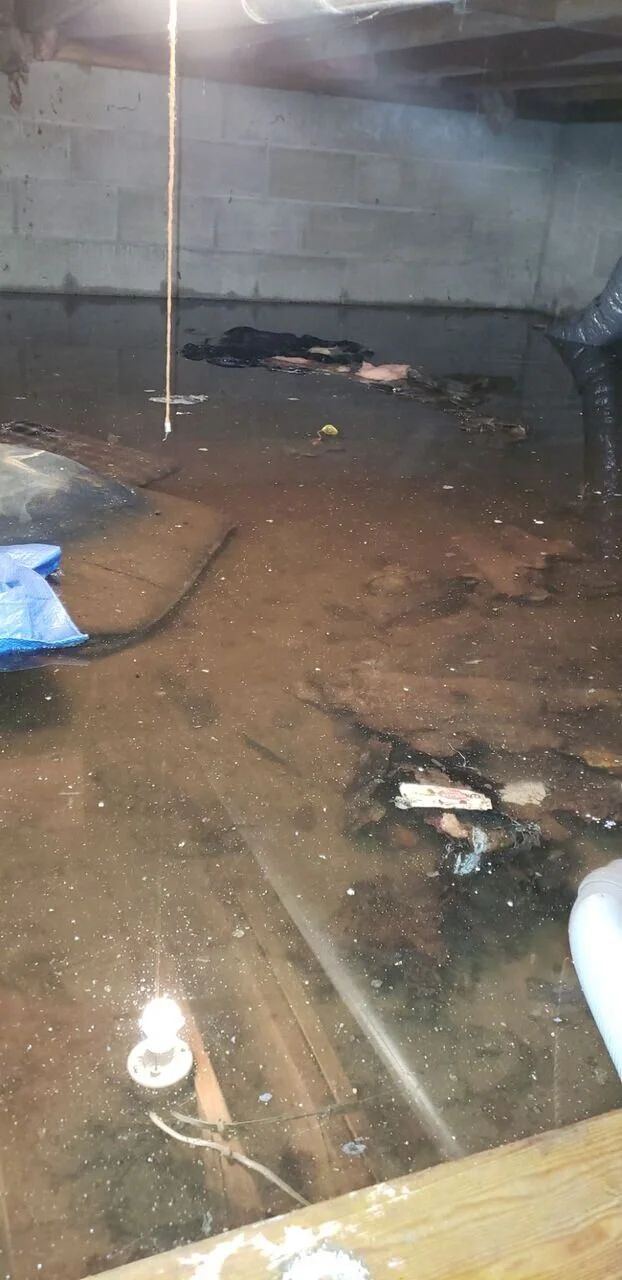Water Damage
In the event you are experiencing a water loss in your home or office, try to determine the source. If you are unable to do so, turn your main water valve off. This will limit more water from intruding you’re home. Upon arrival we can assist in determining the source.
Water Damage Packouts
1. Upon arrival, information will be gathered of loss, scope of work determined based on the loss and we will answer any questions related to the personal property.
2. Gather contact and insurance information.
3. Identify and remove rush items and sensitive personal property. All impacted personal property is brought back to our climate-controlled warehouse for drying.
4. Begin the digital photo inventory process until all items that can be saved are removed.
5. Once all items have been dried, a CCRCS project manager will notify you and schedule a meeting to review the conditions of all affected personal property. During this meeting you will work with the project manager to determine what is salvageable and what is to be considered a total loss.
6. Within 48 hours of completing the meeting, you will receive data of all personal property removed.
7. At the conclusion of processing your personal property, our lead in-house processor will notify you that all cleaning has been completed and review any information with you pertaining to your belongings.
8. Upon receiving notification, CCRCS will schedule delivery of all personal property in our possession or store your items in our climate-controlled warehouse until we are notified that your personal property is ready to be delivered.
Water Mitigation
Whether it’s in the middle of the night or coming home from work or a vacation. You’ve discovered a flood in your home, now minutes can seem like hours. Upon notifying us for service, our team of trained IICRC certified technicians will arrive within an hour to access and begin work. They understand the importance of arriving as soon as possible. At CCRCS we use the latest technology and equipment to dry your home or office as quickly as possible.
Categories of Water
Category 1 Water – Refers to a source of water that does not pose substantial threat to humans and is classified as “clean water”. Examples are broken water supply lines, tub or sink overflows or appliance malfunctions that involves water supply lines.
Category 2 Water – Known as “grey water”, this category refers to a source of water that contains a significant degree of chemical, biological or physical contaminants and causes discomfort or sickness when consumed or even exposed to. This type carries microorganisms and nutrients of microorganisms. Examples are toilet bowls with urine (no feces), sump pump failures, seepage due to hydrostatic failure and water discharge from dishwashers or washing machines.
Category 3 Water – Known as “black water” and is grossly unsanitary. This water contains unsanitary agents, harmful bacteria and fungi. Causing severe discomfort or sickness. Type 3 category is referred when contaminated water sources affect the indoor environment. This category includes water sources from sewage, seawater, rising water from rivers or streams, ground surface water or standing water. Category 2 Water or “grey water” that has not promptly been removed from the structure and/or has remained stagnant may be re-classified as Category 3 Water. Toilet back flows that originates from beyond the toilet trap is considered “black water” contamination regardless of visible content or color.

